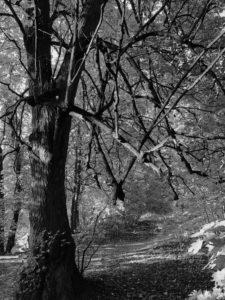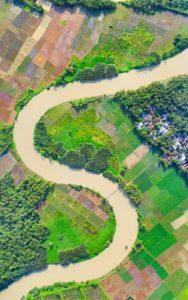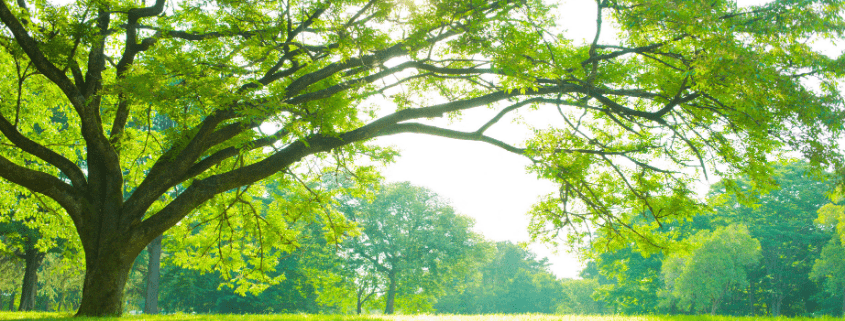For an arborist, a tree hazard assessment is as much an art as it is a science. Recognizing the hazards requires experience and an understanding of not only tree biology and physiology but also the unique structure and decay processes of trees. They must know how trees in a specific area grow, the history of the tree, and how construction, weather conditions, soil and water may affect it!
Property owners should have their trees examined with a tree hazard assessment as a form of risk management. Here’s what arborists look for when performing this task and how they can find things ordinary people would miss.
Why Get A Tree Hazard Assessment?
It’s only natural that trees get damaged. Through insects, disease, and bad weather, trees can break, decay, or die. If you leave a tree to deal with the problem on its own, it will eventually become a  danger to people and property. If they are close to buildings, vehicles, and infrastructure, these trees can pose a massive liability; should something go wrong, your financial burden can become great.
danger to people and property. If they are close to buildings, vehicles, and infrastructure, these trees can pose a massive liability; should something go wrong, your financial burden can become great.
There are many ways a tree could turn into a potential hazard. Some include changes to the water table, damage to root zones from construction, and land development in and around a tree increasing its exposure to winds. If you’ve recently experienced extreme weather, a hazard assessment of the trees on your property becomes especially important. A trained arborist can assess if any other risks may come from the damage and check if follow-up work is necessary.
While some storm damage can be superficial, only an arborist with the training and experience in completing risk assessments can give you the ok. You don’t want to find out that it was serious when a limb falls on a piece of property – or worse.
What Arborists Look For In A Tree Hazard Assessment
At their most basic, a hazard assessment identifies the defects in a tree’s structure that can lead to breakage, damage, and disease: cavities in the trunk, decay columns, splits and hazardous limbs. We also talk to the owner and survey the property to learn about the following:
- History of failures
- The topography – is the ground flat or on a slope?
- Soil hydrology and conditions – is the soil easily saturated after rain or snowmelt? Is the ground shallow or compacted? Has any pavement been laid down over the roots?
- The weather conditions of the area: are strong winds, ice, snow, and heavy rain typical of this area? What’s the prevailing wind direction?
 A hazard assessment should give the arborist evidence and direction for working on a tree in a way that saves both your property and the tree itself. This includes looking at:
A hazard assessment should give the arborist evidence and direction for working on a tree in a way that saves both your property and the tree itself. This includes looking at:
- How our work can protect property and infrastructure
- Management of intrusion onto other properties
- Performing work that improves a tree’s health
- Reducing the spread of fungal infections and diseases
More than anything else, a good arborist should not condemn a tree based on small issues or flaws to increase business in removal services. The arborists at Brockley Service will make every inspection and recommendation with the health of your tree as the main priority!

